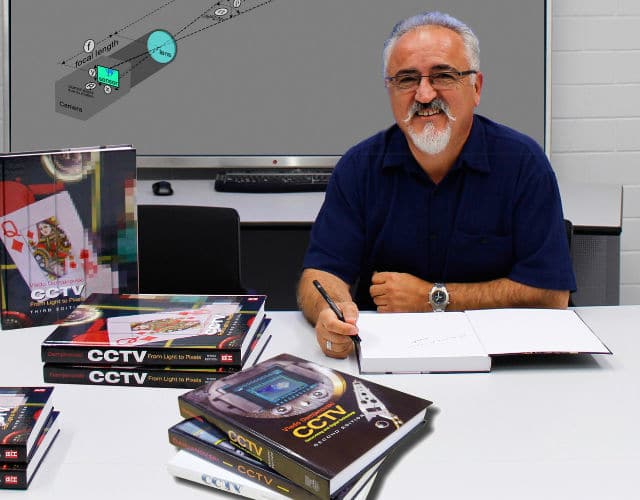Understanding Pixel Densities and what they mean
An IP surveillance system may be used to observe and protect people, objects and people’s activity inside and outside premises as well as traffic and vehicles, money handling in banks, or games in a casino environment.
Often, ‘objects of interest’ can have varying levels of clarity when displayed on a workstation screen. This is because the image clarity depends primarily on the camera used, the imaging sensor, its lens and the distance of the lens from the object.
While this may sound complicated, all of these variables can be expressed and measured using one simple parameter (in IP CCTV) to express image clarity with a single number – Pixel Density. The advantage of expressing object clarity with its Pixel Density is that it combines the sensor size, pixel count, focal length and distance to the object in just one parameter.
When using Pixel Density metrics, all the relevant variables are included providing a universally understandable prediction of the details you will get on an operator’s workstation screen.
The Pixel Density is also one of the key chapters in the new digital standards IEC 62676, which Standards Australia is adopting now. If you would like to know more about how to calculate and use Pixel Density in IPCCTV system design, Vlado Damjanovski of Vidi Labs, will be presenting at this year’s ASIAL Conference running in conjunction with the Security 2017 exhibition.
Book your place at this year’s Conference to hear more from Vlado. Spaces are limited and are highly sought after event often sells out!
About the author: Vlado Damjanovski
Vlado is an author, inventor, lecturer, and one of the world’s foremost experts on closed circuit television (CCTV) design and implementation. Vlado has a degree in Electronics Engineering from the University Kiril & Metodij in Skopje (Macedonia), specialising in broadcast television and CCTV.
In 1995, Vlado published his first technical reference book – simply called CCTV, one of the first and complete reference manuals on the subject of CCTV. Now in its 4th edition, and translated into four languages, Vlado’s book is recognised the world over as one of the leading texts on CCTV.
Vlado is the current chairman of the CCTV Standards Sub-Committee of Australia and New Zealand. In his capacity as chief contributor, Vlado has helped create the Australian and New Zealand CCTV Standards (AS4806.1, AS4806.2 and AS4806.3).
-
Stay up to date with the latest news and Security updates.
- Subscribe

